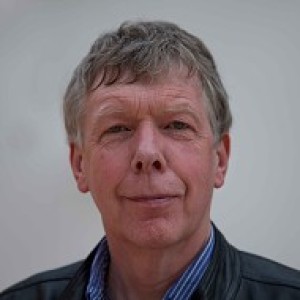The old Lie
As a follow on from yesterdays few lines about the Women's Land Army memorial at Clochan near Buckie, I went to view the Newmill war memorial just outside Keith today. It's a poignant reminder of the completely devastating effects of sons and lovers leaving a rural community to fight a war in a foreign land, never to return. Families without sons, farms and mills without workers and a sharp decline in the birth rate due to the imbalance of available men to available women in the years following the conflict.
Most communities up and down the country collected money via public subscription to commemorate the dead of the first war to end all wars. Then, after the second to end all wars, they had to raise a bit more to add new names to the memorial lists. Somehow Korea appears to have been largely ignored though as has Blair's Gulf War. The stonemasons employed to build these structures must have had a field day, those who survived the conflicts of course.
Towns, such as Insch in Aberdeenshire, quite sensibly built memorial hospitals which at least made some contribution to the public good. But most town war memorials are simply statuesque portrayals of heroic lost young soldiers standing on plinths, often with full granite pack and fixed stone bayonets, suggesting in some sad way that the sacrifice of war is useful and good.
I have yet to fully research the Newmill War Memorial. I do know that it has an outstanding presence when approaching the village and I also know that one of the four plaques quotes the line from Wilfred Owen "Dulce et decorum est pro patria mori" which may of course have been penned during his stay at Craiglockhart War Hospital following a diagnosis of shell shock.
According to the local newspaper reports of the time (The Northern Scot 22nd July 1923) 'A vast crowd of over 3000 was present to see the war memorial unveiled at Newmill, near Keith on July 22, 1923 by Captain D. MacKenzie. This ambitious project was paid for by public subscription. Indeed in the north wall is a foundation tablet behind which is a recess "in which the signatures of the public of Newmill and friends in every part of the world" are preserved in a sealed bottle: each of these signatures brought with it a donation towards the cost of the building. The tower, designed by F.D. Robertson, is 50ft high with a clock by Evans of Birmingham. The dead of the Gordon Highlanders are commemorated in a plaque on the west wall and those of the Argyll and Sutherland Highlanders on the east. When the Great War broke out Newmill was not backward in sending the best of her sons to uphold the freedom of the Empire and the cause of Right and Liberty. Many of these fell in the great struggle, and to commemorate these, a memorial the like of which it would be difficult to find in the whole country, has been erected on the Square of the village. The memorial takes the shape of a huge clock tower 56 feet high, and is the admiration of every visitor and the pride of the village. The late Mr. Frank Robertson was architect, and Mr. William A. Donald builder. Mr. James A. Laing was convenor, Mr. John Ingram, treasurer, and Mr. R.T. Pirie secretary of a very capable committee carrying out all the arrangements. The memorial was erected free of debt and will be endowed with £200. A remarkable achievement, which shows the village is far ahead of any other of similar size. So great was their local enthusiasm during its erection that voluntary labour of every description was readily available."
Sadly, I suspect that some local worthy, prior to the unveiling of the 56 foot high clock tower in 1923, completely misunderstood Owen's lines which of course ends with the lines:
"My friend, you would not tell with such high zest
To children ardent for some desperate glory,
The old Lie: Dulce et decorum est Pro patria mori."

Comments
Sign in or get an account to comment.


